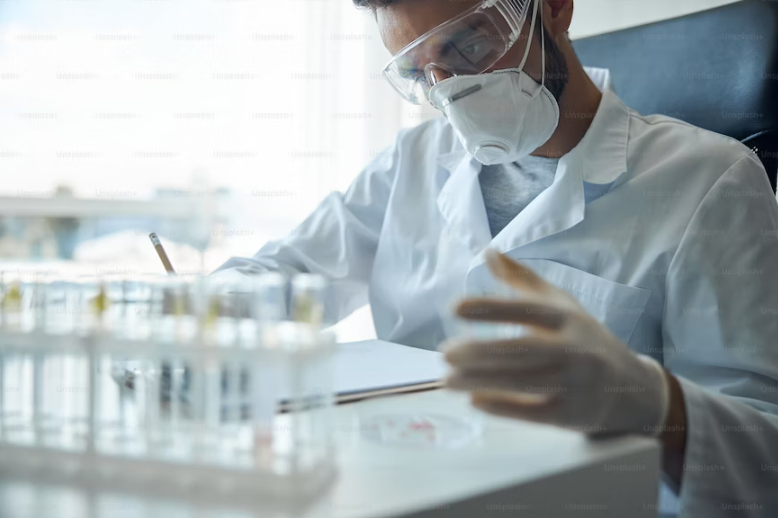FFPE tissue samples are the sample of choice for morphological and immunohistochemical analysis. They are very stable and can be stored for decades.
However, RNA from this type of tissue can be difficult to extract. Fortunately, next-generation sequencing can be used to analyze FFPE samples. This technique is much faster and more affordable than traditional RNA methods.
Stability
Since they are preserved in formaldehyde and embedded in paraffin, FFPE tissue samples can be stored for decades. This has made them a staple in how doctors and researchers leverage tissue samples for diagnosis and research. They are incredibly stable and can be used for molecular and immunohistochemical studies. However, they are less reliable for genetic techniques like next-generation DNA sequencing.
This is because the deparaffinization process alters the sample’s chemical structure, affecting the integrity of its nucleic acids. However, several commercial kits allow DNA and RNA extraction from FFPE samples. These kits can improve the yield and quality of resulting DNA and RNA molecules.
Despite these limitations, FFPE tissue samples are precious for researchers. They are widely available in hospitals and biobanks and often contain critical clinical annotations. For example, the presence of a tumor marker in the tissue can help identify patients who are at high risk for recurrence.
Additionally, FFPE tissues can be analyzed for copy number variation and mutation detection using next-generation sequencing (NGS)9. In a recent study, researchers performed whole exome sequencing on FFPE and fresh-frozen gastrointestinal stromal tumor tissues. They found that the NGS data produced from FFPE samples was comparable to that generated from fresh-frozen samples.
Accuracy
FFPE tissue samples represent a wealth of information about the disease process. By some estimates, there are 400 million1 to more than a billion FFPE blocks2 in hospitals and tissue banks worldwide, which contain clinical annotations, including primary diagnosis, therapeutic regimens, drug response, and recurrence status3. This makes FFPE tissue an essential source for retrospective studies that guide patient therapy.
While working with FFPE tissue is challenging, next-generation sequencing (NGS) can provide high-quality genomic data, even from ancient FFPE samples. NGS can be a powerful tool for cancer research, as it can identify novel genes that may indicate a tumor’s unique characteristics.
However, the formaldehyde used in FFPE tissue fixation can alter DNA and RNA molecules. This can impact downstream PCR and proteomic analysis. In addition, FFPE samples can suffer from degradation over time. Therefore, it’s critical to choose the proper FFPE sample preparation method.
The study compared five FFPE RNA isolation methods to determine which yielded the highest quality RNA for NGS and downstream PCR. They analyzed the RIN scores of these RNA samples and the results of a matched fresh-frozen illustration isolated. The RNA from the FFPE tissue prepared method showed a higher RIN score and a better ratio of ACTB 3′ amplicon to 5′ amplicon compared to the other four isolation techniques and was comparable to the matched fresh-frozen sample isolated.
Reliability
FFPE tissue samples are the most prevalent specimens in biobank collections because of their long-term stability. However, because preserving these specimens is complicated and time-consuming, mistakes can affect the results. This has been a significant concern for researchers who work with these samples because the wrong conclusions could lead to inaccurate and unhelpful medical advice.
Many laboratories have started using a more reliable preservation method: snap-freezing to overcome this problem. This technique allows surgeons to collect tissue during surgery, which can be immediately stored in liquid nitrogen after the biopsy. It is also more convenient than storing FFPEs in a -80 degC freezer, as it requires no special equipment and can be performed in the same room as surgical tissue removal.
Another benefit of a snap-frozen sample is that it can be used for various analyses, from DNA sequencing to proteomics. Several studies have shown that NGS can be used on frozen samples, even though the yield is lower than that of FFPE.
However, it is essential to remember that the quality of a frozen sample depends on how it was prepared. For example, the length of time that the samples were fixed can significantly impact the results. In addition, the freezing and storage process can lead to crosslinks, preventing specific biomolecules from being detected. This is why a trained personnel laboratory must conduct all steps in preparing an FFPE sample.
Cost
FFPE samples are the sample of choice for many clinical investigations that require simultaneous morphological assessment and immunostaining. However, the formaldehyde fixation process introduces significant crosslinking between biomolecules, hindering the integrity of molecular data and making the FFPE sample more challenging to work with.
Furthermore, long DNA fragments and protein phosphorylation states must be better preserved in FFPE samples. Additionally, the quality of FFPE DNA depends on the extraction method used to obtain nucleic acids from the FFPE tissue sample.
When evaluating gene expression in FFPE and frozen tissues, frozen tissue is generally preferred due to its immediate preservation and availability in surgical practice. But, this sample type is expensive to collect and requires the availability of a -80°C freezer close to the surgery room, and it may not last as long as FFPE specimens.
Frozen samples also require more advanced laboratory equipment than FFPE tissue, and the need for liquid nitrogen containers and dedicated freezer space is another constraint. Nevertheless, frozen tissue’s faster processing and preservation make it ideal for generating genomic data, mainly using high-throughput methodologies such as next-generation sequencing (NGS).

